Publisher’s Note: Donations encouraged. AAQ / East End is not a non-profit; however, it posts daily releases of the major East End cultural non-profit organizations at no cost to those organizations. In addition, portfolio development takes time & involves expense. Donations, in any amount, appreciated. Visit Donation Tab on Home Page (via PayPal) or visit Patron Contributions via Home Page for mailing address. Thank you!
Portfolio sponsorships (as Resource / Ad Plates) also available.
AAQ / East End is a grassroots online publication for the entire East End, not a profit-seeking NYC corporation.
~~~~~~~~~~~~~~~~~~~~~~~~~~~~~~~~~~
Furniture, Models & Artwork
Chandigarh & Ahmedabad, India
Inspired by Le Corbusier
—————————–
~~~~~~~~~~~~~~~~~~~~~~~~~~~~~~~~
Balkrishna Doshi’s essential role in Le Corbusier’s Mill Owners Association building
by Robert Rubin, May 17, 2018 / Architecture, International — link
————————
Image: Le Corbusier’s Open Hand
Symbol of Peace
————————
CHANDIGARH, INDIA
…the new capital of Punjab conceived from scratch by Nehru after the Partition of India had ceded the former Punjabi capital city of Lahore to Pakistan.
A planned city in northern India, based on a master plan by Swiss-French architect Le Corbusier, 1951 – 1956.
————————
AHMEDABAD, INDIA
Le Corbusier was commissioned to design the Mill Owners’ Association Building (AMOA) in Ahmedabad, India / completed in 1954.
The furniture here clearly draws on earlier designs by Le Corbusier, Charlotte Perriand, and Pierre Jeannette, and their various collaborations with each other, scaled to match the palatial ambiance of the Mill Owners’ Association Building in Ahmedabad.
~~~~~~~~~~~~~~~~~~~~~~~~~~~~~~~~~~~~~~~~~~
Rattan Singh, Modelmaker
Rattan Singh was Le Corbusier’s principal modelmaker in Chandigarh….Using Le Corb’s design, he created teak molds for the architect’s cosmological signs.
———————
Le Corbusier’s “Wheat Sheaf” Design / CAPITAL COMPLEX BUILDINGS, CHANDIGARH
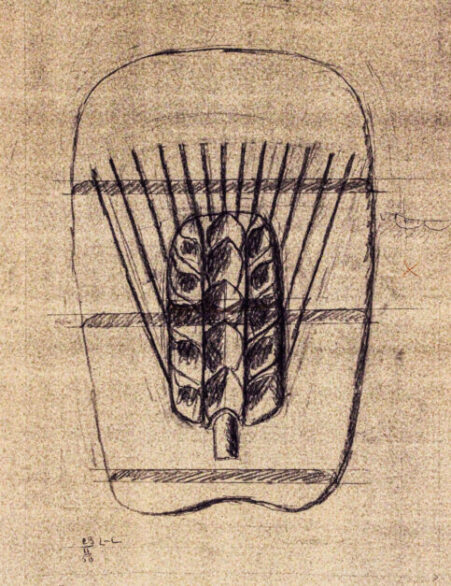
Wheat Sheaf, Giana Rattan Singh created the teak mold of Le Corbusier’s Wheat Sheaf, which was impressed into the concrete walls of the public buildings at Chandigharh.
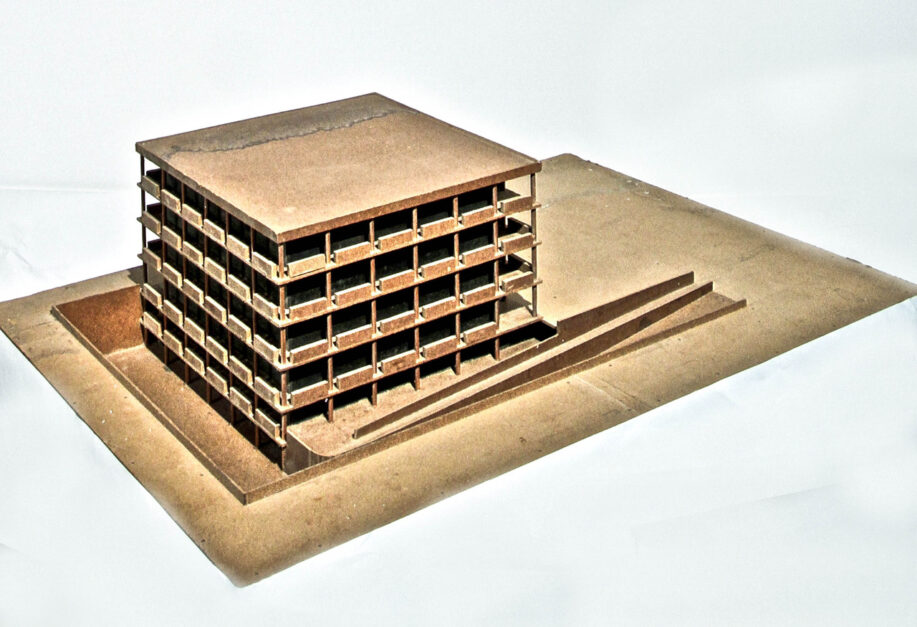
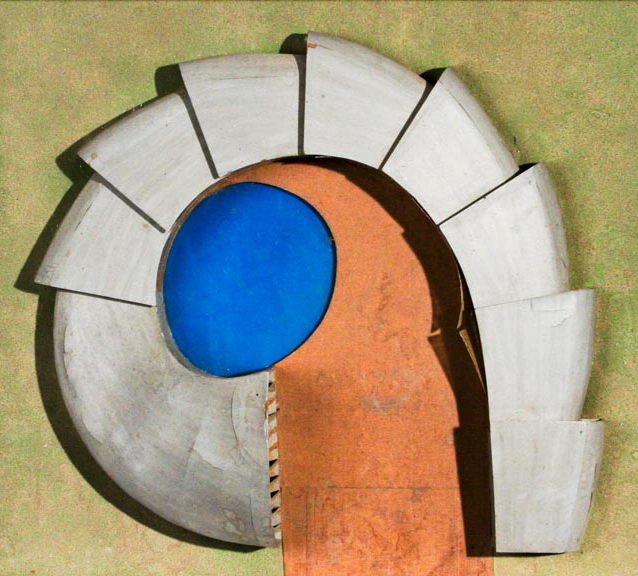
~~~~~~~~~~~~~~~~~~~~~~~~~~~~~~~~~
MILL OWNERS ASSOCIATION
Le Corbusier was commissioned to design the Mill Owners’ Association Building (AMOA) in Ahmedabad, India / completed in 1954.
In 1955, Doshi was not yet at the stage of his career where he would build on the lessons of Western modernism and pursue a more overtly Indian vein of modern architecture. H needed to please the AMOA who wanted the Le Corbusier brand on every aspect of the project as well as meet Le Corbusier’s exacting standards for what he described as a “little palace…an architecture for modern times adjusted to the climate of India…a true message toward an Indian architecture. The result: a magnificent modernist furniture of a piece with one of Le Corbusier’s greatest built works…
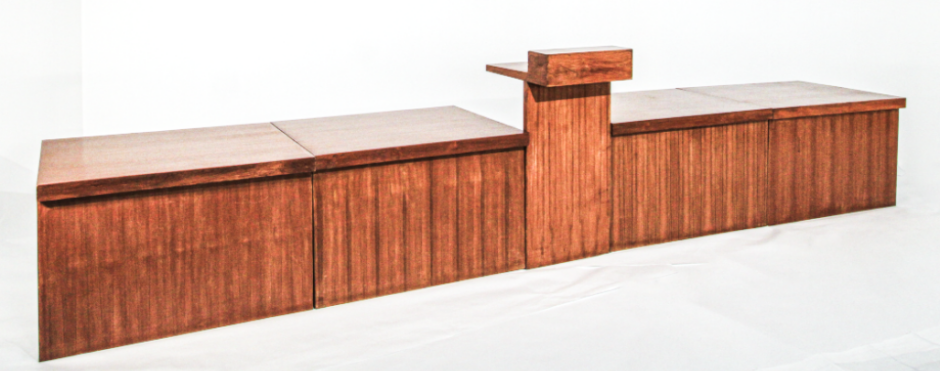
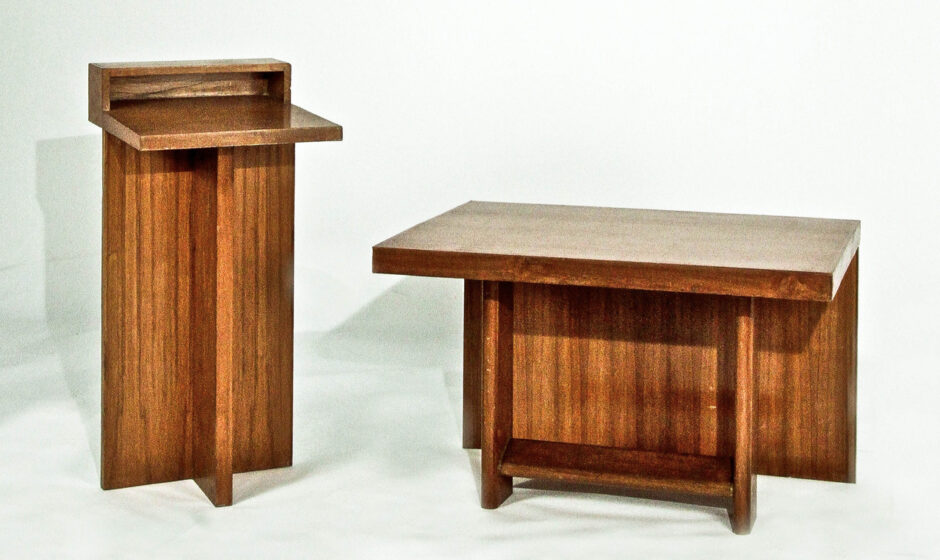
~~~~~~~~~~~~~~~~~~~~~~~~~~~~~~~~
PIERRE JEANNERET
Pierre Jeanneret was Le Corbusier’s cousin and, as a certified French architect, his collaborator who signed all his plans…While Le Corbusier went to India, designed public buildings in Chandigarh, and went home, Jeanneret stayed for the rest of his life. He became the chief architect of Chandigarh, the de facto dean of the architecture school there, and a beloved mentor to Indian architects. Virtually all the furniture originally made for the public buildings of Chandigarh is either by Jeanneret, or was made under his supervision.
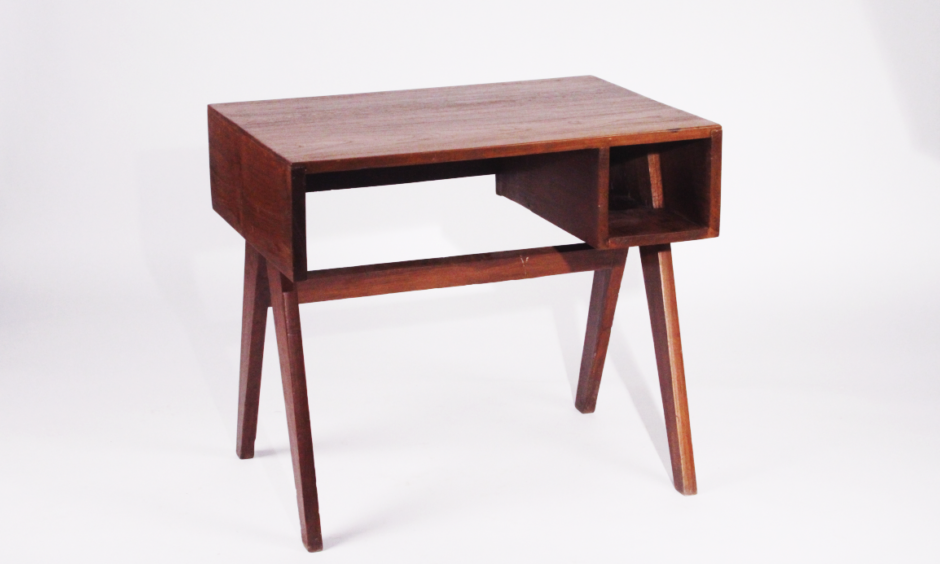
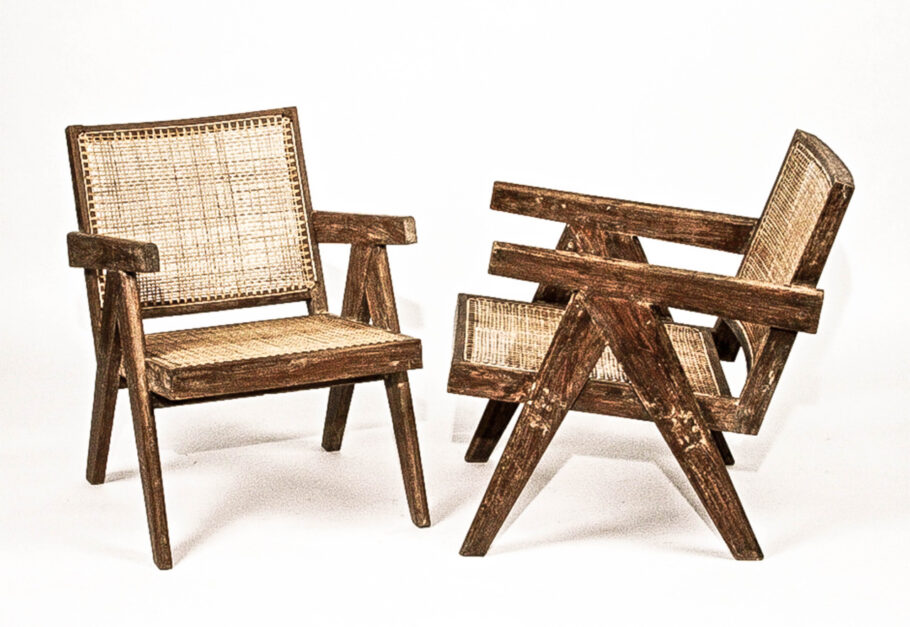
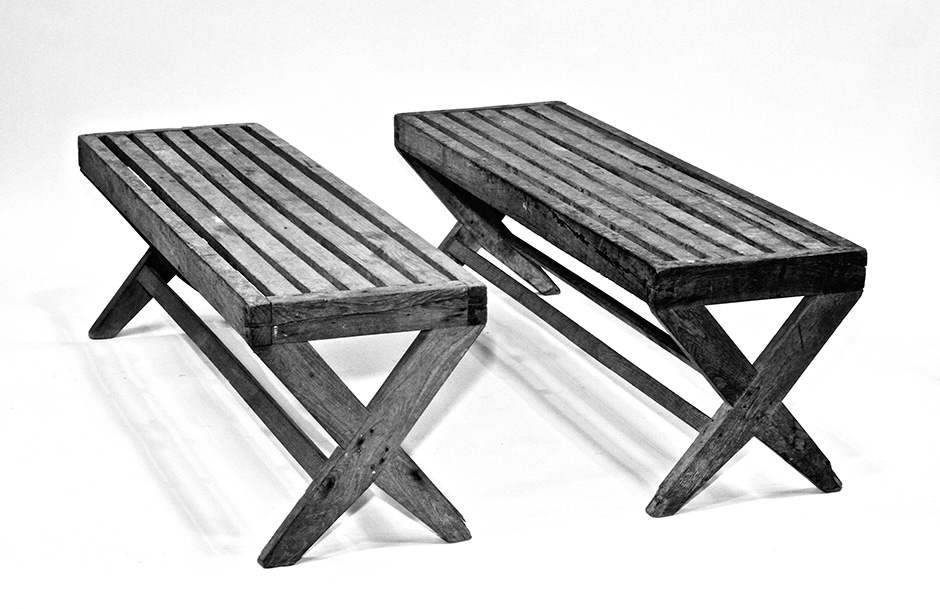
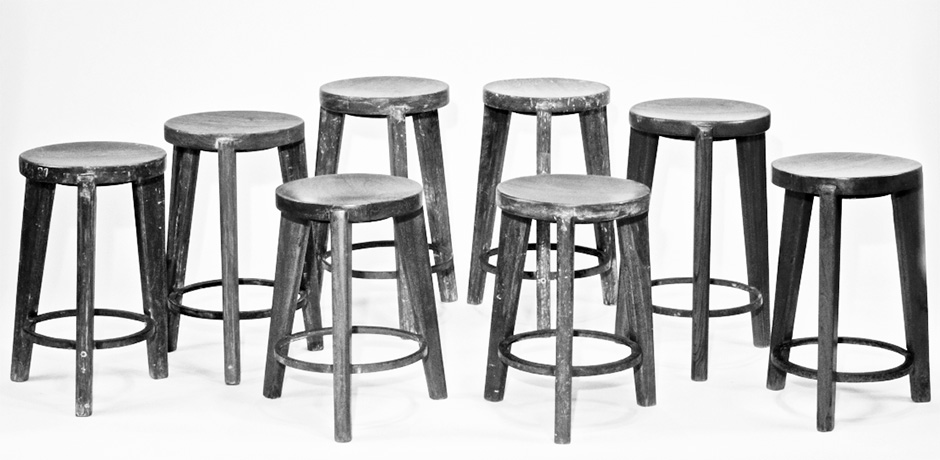

~~~~~~~~~~~~~~~~~~~~~~~~~~~~~~~~
CHARLES-ÉDOUARD JEANNERET-GRIS aka LE CORBUSIER
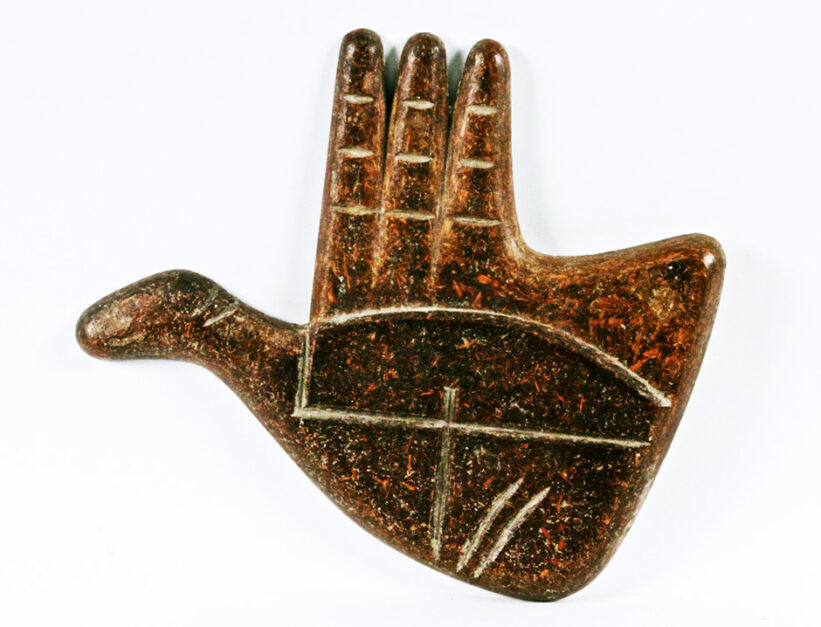
Le Corbusier’s Open Hand
Rattan Singh created the teak mold for Le Corbusier’s iconic Open Hand at Chandigarh, a symbol of peace.
———————–
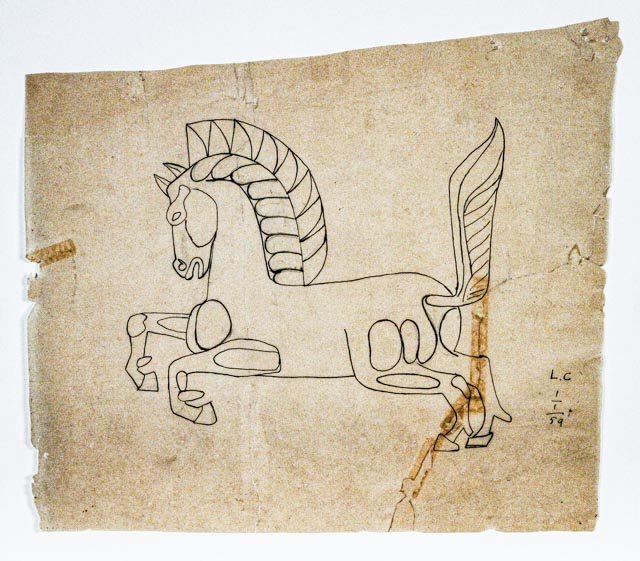
Sketch initialed by Le Corbusier.
______________________________________________
Furniture, models & sketch from a collection of Robert Rubin. Above items photographed at The Bridge, 2004, by Jeff Heatley.
________________________________________________________

_____________________________________
